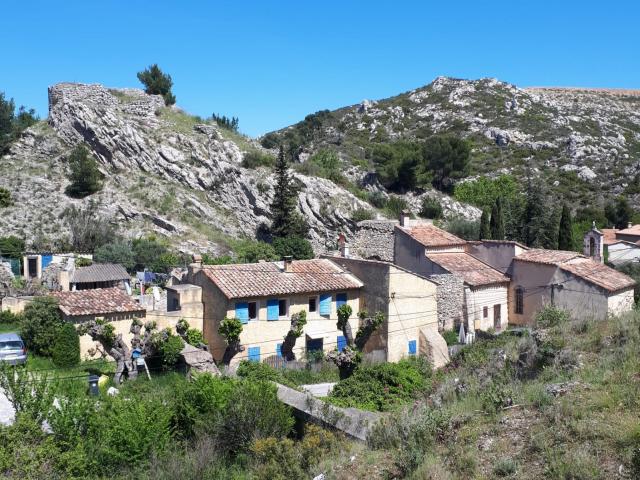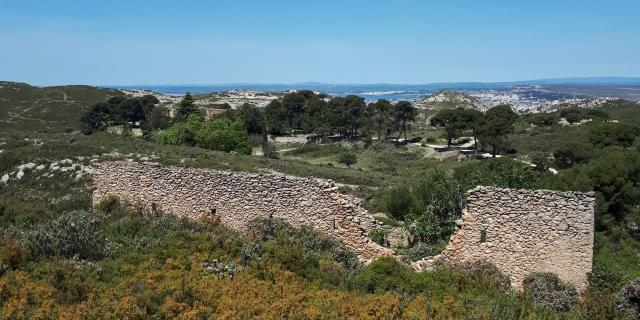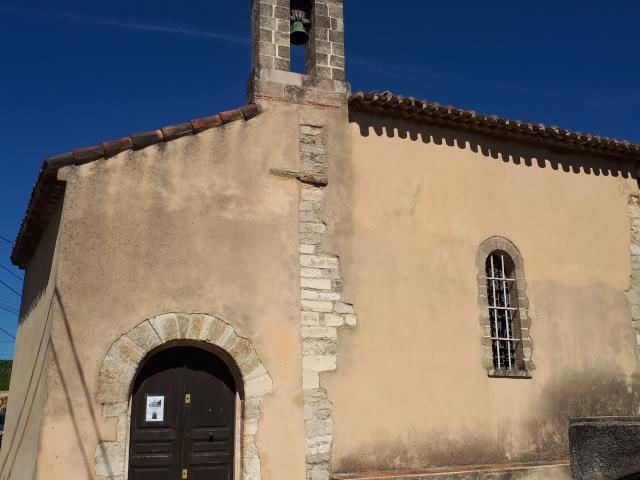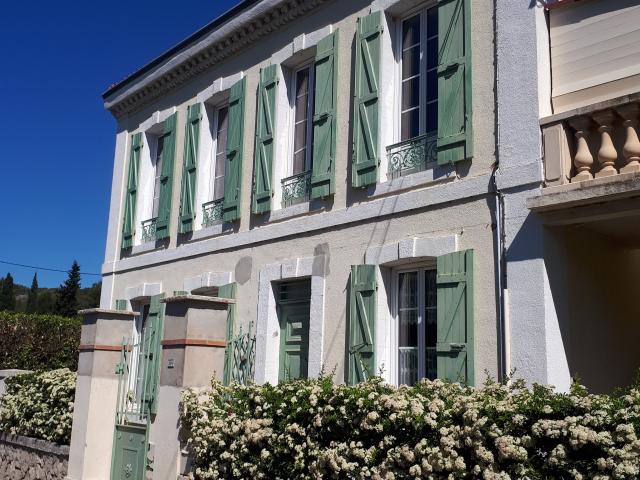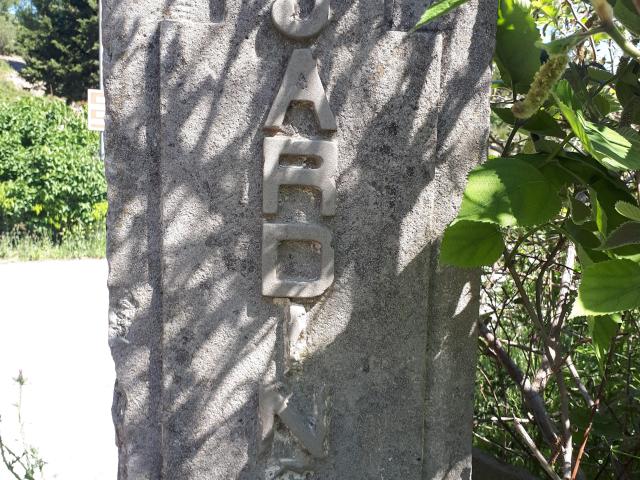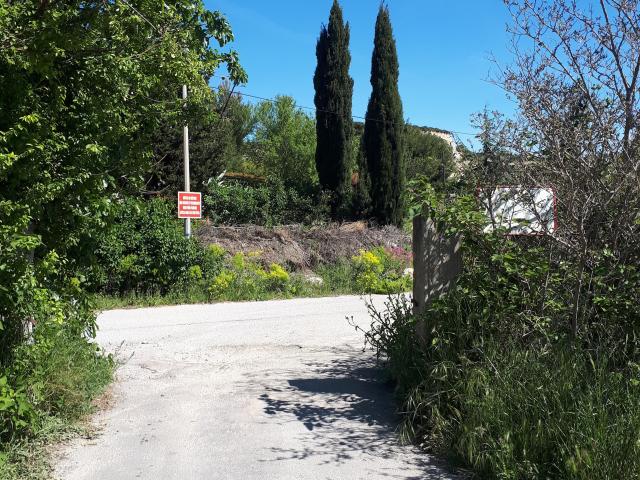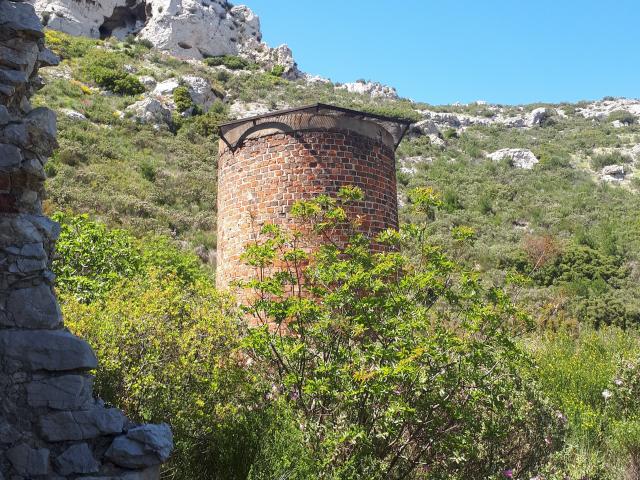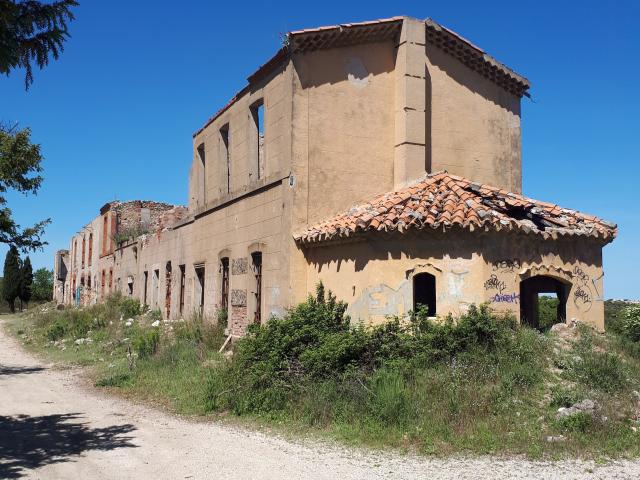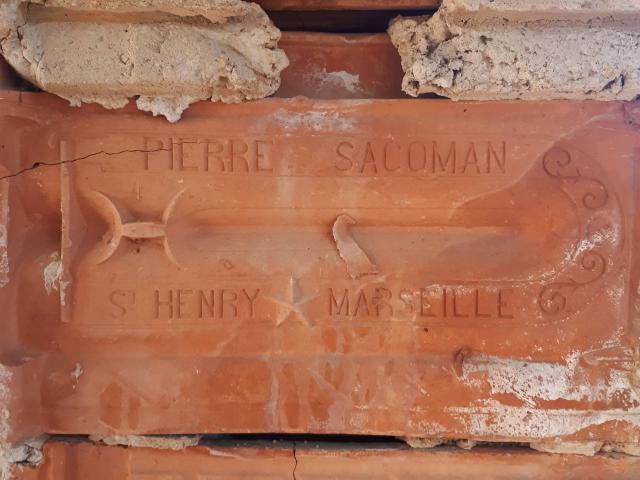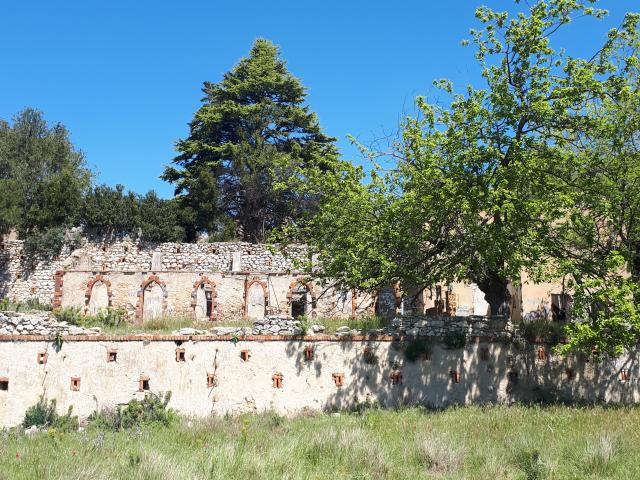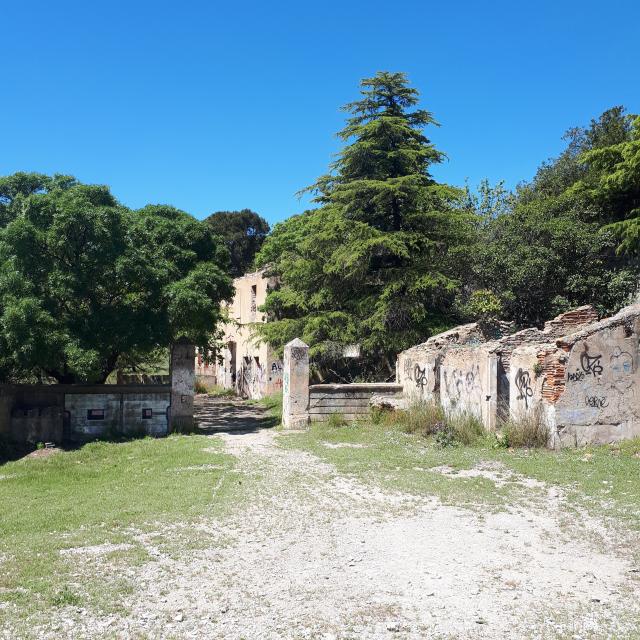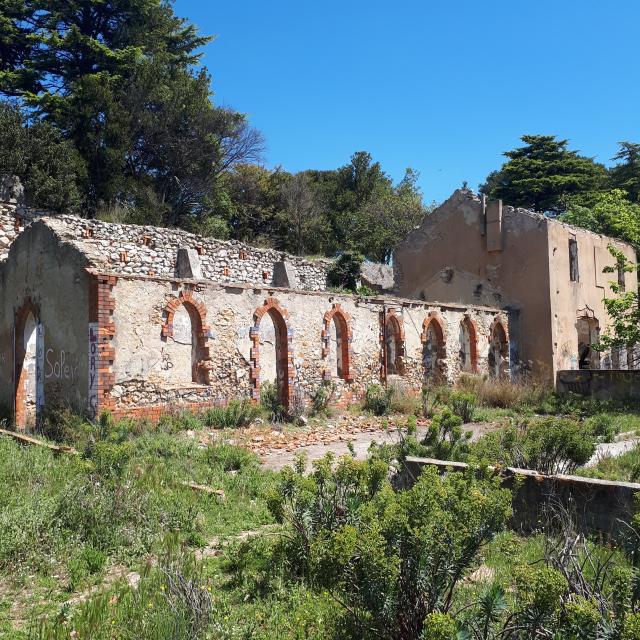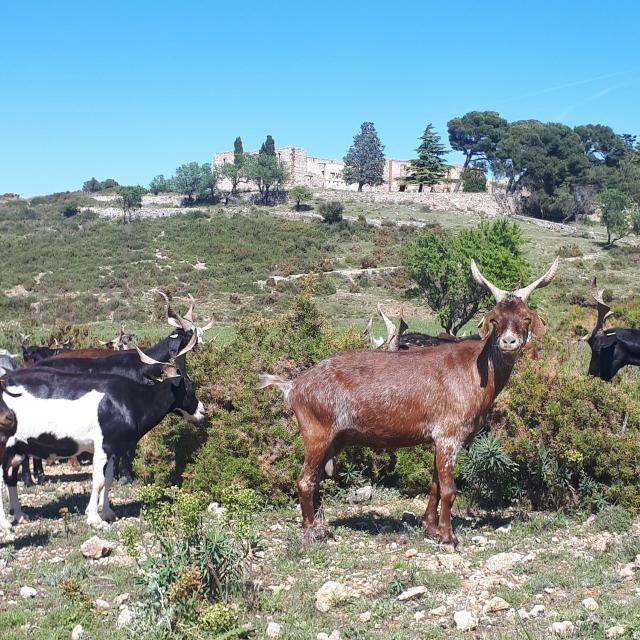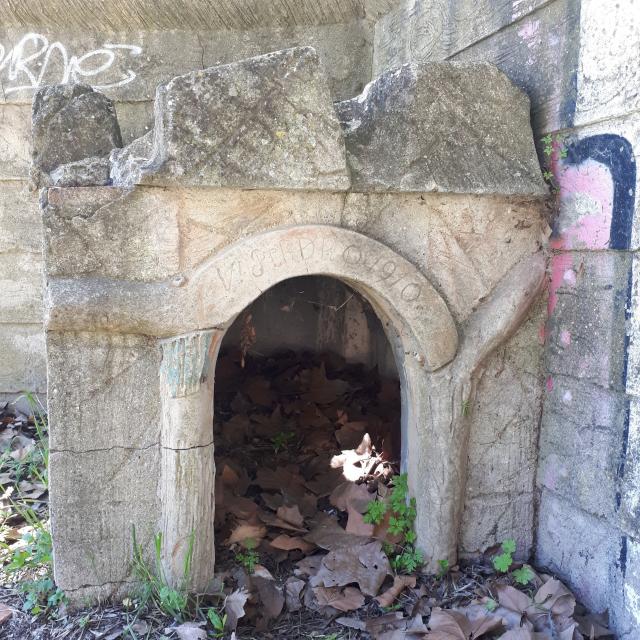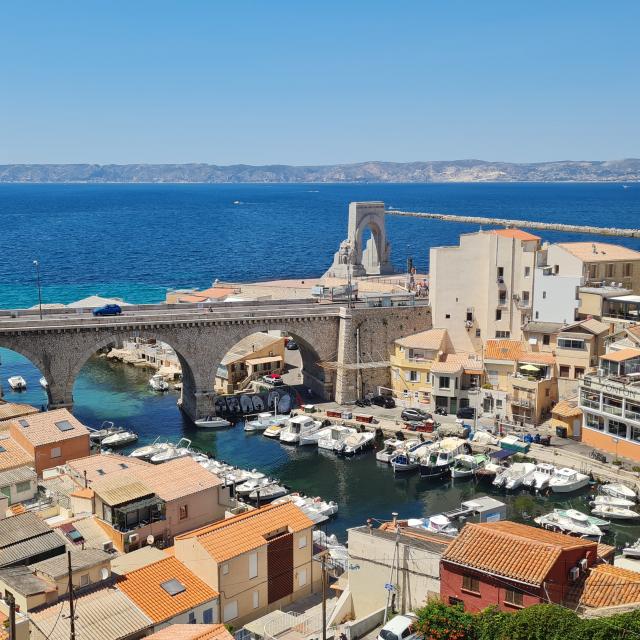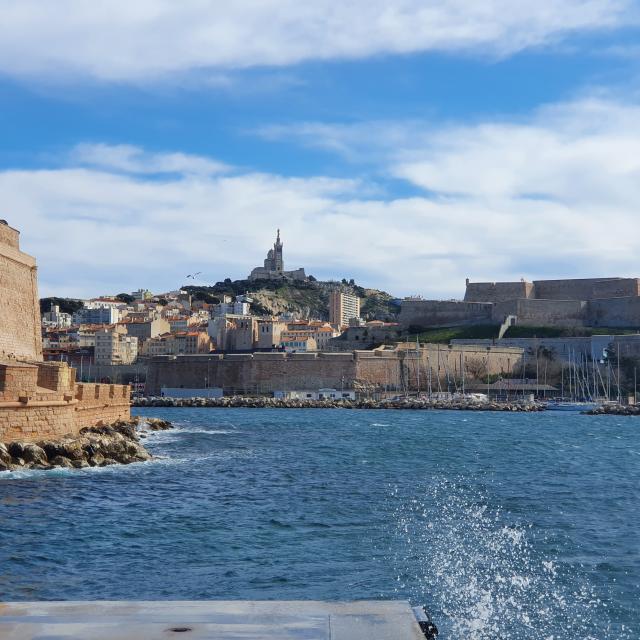Workers’ holidays
At the beginning of the 1950s, Mr Lindenmeyer made the buildings accessible to his employees and a day-care centre was set up, much to the delight of the workers’ children.
For almost 25 years, the children of Estaqué spent unforgettable holidays in this corner of paradise. A shuttle bus would leave from the bottom of the village and make several stops to pick up the children. It was like a long journey for them!
In 1980, the site was no longer in use. The Lafarge company, which owned the entire estate as well as the ‘La Coloniale’ facilities (factories, cement works, administrative buildings scattered around the Riaux district) had the roof at Cossimont demolished, subject to a very high tax. The first demolitions took place, followed by abandonment.
The ruins speak for themselves…
The estate’s buildings are spread over three terraces. All the elements of a rich agricultural operation can be found here: an avenue of plane trees, a large field, the remains of a garden and an orchard. A long row of large farm buildings, dwellings and a manor house can be seen. In front of the latter, the vegetation marks the existence of a park where you can admire the rockwork that adorns the remains of the garden: dog kennel, borders of a bed, a table and bench.
Of course, it takes imagination to see it all! But the Cossimont estate remains intact in the collective memory of the people of Estaqué, and is now a walk in the footsteps of childhood memories.
